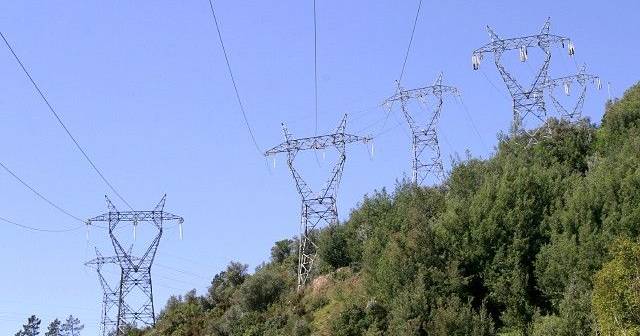The Impact of Increased Dolphin Watching Tourism
The rise of dolphin watching tourism in the Algarve, particularly through motorized boats, is having a detrimental effect on dolphin communication and behavior. This alarming observation comes from a group of Portuguese researchers who published their findings in the scientific journal ‘Oceans’.
Joana Castro, the executive director of the Association for Marine Environmental Research (AIMM), emphasizes that while this activity is an important economic driver for the region, it has grown exponentially and somewhat out of control over the past few decades.
Marine Noise Pollution
The increasing number of boats in the areas frequented by dolphins is contributing to heightened marine noise pollution. As dolphins are acoustic animals, their social structure, cooperation, and hunting capabilities rely heavily on vocal communication. Increased noise levels can drown out their calls, leading to potentially disastrous consequences.
Castro points out, “Given the prevalence of dolphin-watching tours along the Algarve coast, we must understand the impacts these activities have.” To investigate, scientists utilized hydrophones to document dolphin vocalizations and the interference caused by boat noise. They recorded 103 instances of common dolphins and 46 of bottlenose dolphins between July and September 2022.
Consequences of Increased Boat Traffic
The research indicates that the noise generated by boats alters dolphin vocalizations. More boats in a given area lead to more frequent whistles from dolphins, requiring them to communicate louder due to the anthropogenic noise. This increased effort comes with additional energy expenditure and loss of information.
Moreover, the noise from boats prompts dolphins to produce longer whistles to convey messages to their pods. The scientists warn that this disruption can threaten the survival of dolphin populations.
The Need for Stricter Regulations
Despite existing regulations that cap the number of boats allowed near dolphin groups, researchers found that these limits are often exceeded. Castro notes that fieldwork frequently revealed more vessels than permitted, primarily due to the absence of effective monitoring.
“The rules exist for a reason,” she asserts, adding that it’s not just the number of companies operating but the sheer volume of boats that poses a significant issue.
The Algarve coast is crucial for common dolphin reproduction, and ensuring compliance with regulations is essential. Castro warns that uncontrolled growth in dolphin-watching activities could lead to a sustainable tourism crisis.
Bridging Tourism and Conservation
Wildlife observation can enhance the value of species and ecosystems, promoting their protection. Castro believes it’s possible to merge nature tourism with biodiversity conservation, but companies must be held accountable. She stresses that public entities that authorize these operations also bear significant responsibility.
“Not every company should be allowed to operate as an ecotourism provider,” she concludes, advocating for stricter government oversight to align dolphin-watching activities with conservation efforts.





























Comments
Join Our Community
Sign up to share your thoughts, engage with others, and become part of our growing community.
No comments yet
Be the first to share your thoughts and start the conversation!